鹅去氧胆酸钠 ,CHENODESOXYCHOLIC ACID SODIUM SALT ,≥97%
产品编号:SIGMA-C8261| CAS NO:2646-38-0| 分子式:C24H40NaO4| 分子量:415.5618
鹅去氧胆酸钠是一种疏水性初级胆汁酸,可激活参与胆固醇代谢的核受体(FXR)。
本网站销售的所有产品仅用于工业应用或者科学研究等非医疗目的,不可用于人类或动物的临床诊断或者治疗,非药用,非食用,
| 产品名称 | 鹅去氧胆酸钠 |
|---|---|
| 英文名称 | CHENODESOXYCHOLIC ACID SODIUM SALT |
| CAS编号 | 2646-38-0 |
| 产品描述 | 鹅去氧胆酸钠是一种疏水性初级胆汁酸,可激活参与胆固醇代谢的核受体(FXR)。 |
| 产品熔点 | 298 °C(dec.) |
| 产品沸点 | 547.1ºC at 760mmHg |
| 产品闪点 | 298.8ºC |
| 精确质量 | 414.274597 |
| PSA | 80.59000 |
| LogP | 3.14320 |
| 外观性状 | 固体;White to Almost white powder to crystal |
| 蒸气压 | 2.98E-14mmHg at 25°C |
| 体外研究 | 鹅去氧胆酸钠(CDCA)和脱氧胆酸(DCA)均抑制11β-HSD2,IC50值分别为22 mM和38 mM,并导致皮质醇依赖性核转位,增加盐皮质激素受体(MR)的转录活性。鹅去氧胆酸钠能够通过激活膜G蛋白偶联受体(TGR5)依赖性途径,诱导细胞周期蛋白D1蛋白和mRNA表达显著增加,从而刺激石川细胞生长。在培养的人肝母细胞瘤细胞系Hep G2中,鹅去氧胆酸钠(CDCA)诱导LDL受体mRNA水平约为4倍,HMG-CoA还原酶和HMG-CoA合成酶的mRNA水平为2倍。鹅去氧胆酸钠诱导的Isc被布美他奈、BaCl2和囊性纤维化跨膜电导调节剂(CFTR)抑制剂CFTRin-172抑制(≥67%)。腺苷酸环化酶抑制剂MDL12330A使鹅去氧胆酸钠刺激的Isc降低43%,鹅去氧胆酸盐增加细胞内cAMP浓度。鹅去氧胆酸钠处理激活C/EBPβ,如其磷酸化、核积累和在HepG2细胞中表达的增加所示。鹅去氧胆酸钠增强来自含有-1.65-kb GSTA2启动子的构建体的萤光素酶基因转录,该构建体含有C/EBP应答元件(pGL-1651)。鹅去氧胆酸钠处理激活AMP活化蛋白激酶(AMPK),导致细胞外信号调节激酶1/2(ERK1/2)激活,使用AMPKα显性阴性突变体和化学抑制剂的实验结果证明了这一点[5]。 |
| 细胞实验 | 通过用相应浓度的胆汁酸孵育转染的HEK-293细胞和CHO细胞1小时并用台盼蓝染色来分析细胞活力。根据细胞增殖试剂盒I,使用四唑盐MTT(3-(4,5-二甲基噻唑-2-基)-2,5-二苯基四唑溴化物)分析胆汁酸的毒性。在两种测试中,对照和胆汁酸处理的细胞之间没有显著差异。 |
| 稳定性 | 如果遵照规格使用和储存则不会分解。 |
| 储存条件 | 密封于阴凉干燥环境。 |
相关文档
化学品安全说明书(MSDS)
下载MSDS质检证书(COA)
相关产品
| 符号 |

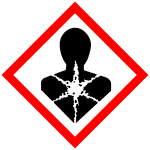
GHS07, GHS08 |
|---|---|
| 信号词 | Warning |
| 危害声明 | H302-H312-H332-H351 |
| 警示性声明 | P280-P281 |
| 危害码 (欧洲) | Xn: Harmful; |
| 风险声明 (欧洲) | 20/21/22-40 |
| 安全声明 (欧洲) | S22;S36 |
| 危险品运输编码 | NONH for all modes of transport |
| RTECS号 | FZ2231000 |
|
Section1. IDENTIFICATION OF THE SUBSTANCE/MIXTURE Product identifiers Product name: Sodium chenodeoxycholate CAS-No.: 2646-38-0 Relevant identified uses of the substance or mixture and uses advised against Identified uses: Laboratory chemicals, Manufacture of substances Section2. HAZARDS IDENTIFICATION Classification of the substance or mixture Classification according to Regulation (EC) No 1272/2008 [EU-GHS/CLP] Acute toxicity, Inhalation (Category 4) Acute toxicity, Dermal (Category 4) Acute toxicity, Oral (Category 4) Carcinogenicity (Category 2) Classification according to EU Directives 67/548/EEC or 1999/45/EC Harmful by inhalation, in contact with skin and if swallowed. Limited evidence of a carcinogenic effect. Label elements Labelling according Regulation (EC) No 1272/2008 [CLP] Pictogram Signal wordWarning Hazard statement(s) H302Harmful if swallowed. H312Harmful in contact with skin. H332Harmful if inhaled. H351Suspected of causing cancer. Precautionary statement(s) P280Wear protective gloves/ protective clothing. P281Use personal protective equipment as required. Supplemental Hazardnone Statements Safety data sheet available on request. According to European Directive 67/548/EEC as amended. Hazard symbol(s) R-phrase(s) R20/21/22Harmful by inhalation, in contact with skin and if swallowed. R40Limited evidence of a carcinogenic effect. S-phrase(s) S22Do not breathe dust. S36Wear suitable protective clothing. Other hazards - none Section3. COMPOSITION/INFORMATION ON INGREDIENTS Substances : 5β-Cholanic acid-3α,7α-diol Synonyms Chenodesoxycholic acid Chenodeoxycholic acidsodium salt Chenodiol 3α,7α-Dihydroxy-5β-cholanic acid Formula: C24H39NaO4 Molecular Weight: 414,55 g/mol ComponentConcentration 3α,7α-Dihydroxy-5β-cholan-24-oic acid sodium salt CAS-No.2646-38-0- Section4. FIRST AID MEASURES Description of first aid measures General advice Consult a physician. Show this safety data sheet to the doctor in attendance. If inhaled If breathed in, move person into fresh air. If not breathing, give artificial respiration. Consult a physician. In case of skin contact Wash off with soap and plenty of water. Consult a physician. In case of eye contact Flush eyes with water as a precaution. If swallowed Never give anything by mouth to an unconscious person. Rinse mouth with water. Consult a physician. Most important symptoms and effects, both acute and delayed To the best of our knowledge, the chemical, physical, and toxicological properties have not been thoroughly investigated. Indication of any immediate medical attention and special treatment needed no data available Section5. FIREFIGHTING MEASURES Extinguishing media Suitable extinguishing media Use water spray, alcohol-resistant foam, dry chemical or carbon dioxide. Special hazards arising from the substance or mixture Carbon oxides, Sodium oxides Advice for firefighters Wear self contained breathing apparatus for fire fighting if necessary. Further information no data available Section6. ACCIDENTAL RELEASE MEASURES Personal precautions, protective equipment and emergency procedures Use personal protective equipment. Avoid dust formation. Avoid breathing vapors, mist or gas. Ensure adequate ventilation. Evacuate personnel to safe areas. Avoid breathing dust. Environmental precautions Prevent further leakage or spillage if safe to do so. Do not let product enter drains. Methods and materials for containment and cleaning up Pick up and arrange disposal without creating dust. Sweep up and shovel. Keep in suitable, closed containers for disposal. Reference to other sections For disposal see section 13. Section7. HANDLING AND STORAGE Precautions for safe handling Avoid contact with skin and eyes. Avoid formation of dust and aerosols. Provide appropriate exhaust ventilation at places where dust is formed.Normal measures for preventive fire protection. Conditions for safe storage, including any incompatibilities Store in cool place. Keep container tightly closed in a dry and well-ventilated place. Specific end uses no data available Section8. EXPOSURE CONTROLS/PERSONAL PROTECTION Control parameters Components with workplace control parameters Exposure controls Appropriate engineering controls Handle in accordance with good industrial hygiene and safety practice. Wash hands before breaks and at the end of workday. Personal protective equipment Eye/face protection Safety glasses with side-shields conforming to EN166 Use equipment for eye protection tested and approved under appropriate government standards such as NIOSH (US) or EN 166(EU). Skin protection The selected protective gloves have to satisfy the specifications of EU Directive 89/686/EEC and the standard EN 374 derived from it. Handle with gloves. Gloves must be inspected prior to use. Use proper glove removal technique (without touching glove's outer surface) to avoid skin contact with this product. Dispose of contaminated gloves after use in accordance with applicable laws and good laboratory practices. Wash and dry hands. Body Protection Complete suit protecting against chemicals, The type of protective equipment must be selected according to the concentration and amount of the dangerous substance at the specific workplace. Respiratory protection Where risk assessment shows air-purifying respirators are appropriate use a full-face particle respirator type N100 (US) or type P3 (EN 143) respirator cartridges as a backup to engineering controls. If the respirator is the sole means of protection, use a full-face supplied air respirator. Use respirators and components tested and approved under appropriate government standards such as NIOSH (US) or CEN (EU). Section9. PHYSICAL AND CHEMICAL PROPERTIES Information on basic physical and chemical properties a) AppearanceForm: solid b) Odourno data available c) Odour Thresholdno data available d) pHno data available e) Melting point/freezingno data available point f) Initial boiling point and no data available boiling range g) Flash pointno data available h) Evaporation rateno data available i) Flammability (solid, gas) no data available j) Upper/lowerno data available flammability or explosive limits k) Vapour pressureno data available l) Vapour densityno data available m) Relative densityno data available n) Water solubilityno data available o) Partition coefficient: n- no data available octanol/water p) Autoignitionno data available temperature q) Decompositionno data available temperature r) Viscosityno data available s) Explosive propertiesno data available t) Oxidizing propertiesno data available Other safety information no data available Section10. STABILITY AND REACTIVITY Reactivity no data available Chemical stability no data available Possibility of hazardous reactions no data available Conditions to avoid no data available Incompatible materials Strong oxidizing agents Hazardous decomposition products Other decomposition products - no data available Section11. TOXICOLOGICAL INFORMATION Information on toxicological effects Acute toxicity no data available Inhalation: no data available Dermal: no data available LD50 Intravenous - rat - 100 mg/kg Remarks: Respiratory disorder LD50 Intravenous - mouse - 114 mg/kg Remarks: Lungs, Thorax, or Respiration:Acute pulmonary edema. LD50 Subcutaneous - mouse - 1.450 mg/kg Remarks: Gastrointestinal:Ulceration or bleeding from small intestine. Skin and Appendages: Other: Hair. Skin corrosion/irritation no data available Serious eye damage/eye irritation no data available Respiratory or skin sensitization no data available Germ cell mutagenicity no data available Carcinogenicity Limited evidence of a carcinogenic effect. IARC:No component of this product present at levels greater than or equal to 0.1% is identified as probable, possible or confirmed human carcinogen by IARC. Reproductive toxicity no data available Specific target organ toxicity - single exposure no data available Specific target organ toxicity - repeated exposure no data available Aspiration hazard no data available Potential health effects InhalationHarmful if inhaled. May cause respiratory tract irritation. IngestionHarmful if swallowed. SkinHarmful if absorbed through skin. May cause skin irritation. EyesMay cause eye irritation. Signs and Symptoms of Exposure To the best of our knowledge, the chemical, physical, and toxicological properties have not been thoroughly investigated. Additional Information RTECS: Not available Section12. ECOLOGICAL INFORMATION Toxicity no data available Persistence and degradability no data available Bioaccumulative potential no data available Mobility in soil no data available Results of PBT and vPvB assessment no data available Other adverse effects no data available Section13. DISPOSAL CONSIDERATIONS Waste treatment methods Product Offer surplus and non-recyclable solutions to a licensed disposal company. Contact a licensed professional waste disposal service to dispose of this material. Dissolve or mix the material with a combustible solvent and burn in a chemical incinerator equipped with an afterburner and scrubber. Contaminated packaging Dispose of as unused product. Section14. TRANSPORT INFORMATION UN number ADR/RID: -IMDG: -IATA: - UN proper shipping name ADR/RID: Not dangerous goods IMDG: Not dangerous goods IATA:Not dangerous goods Transport hazard class(es) ADR/RID: -IMDG: -IATA: - Packaging group ADR/RID: -IMDG: -IATA: - Environmental hazards ADR/RID: noIMDG Marine pollutant: noIATA: no Special precautions for user no data available Section15. REGULATORY INFORMATION This safety datasheet complies with the requirements of Regulation (EC) No. 1907/2006. Safety, health and environmental regulations/legislation specific for the substance or mixture no data available Chemical Safety Assessment no data available Section16. OTHER INFORMATION Further information Copyright 2012 Co. LLC. License granted to make unlimited paper copies for internal use only. The above information is believed to be correct but does not purport to be all inclusive and shall be used only as a guide. The information in this document is based on the present state of our knowledge and is applicable to the product with regard to appropriate safety precautions. It does not represent any guarantee of the properties of the product. Corporation and its Affiliates shall not be held liable for any damage resulting from handling or from contact with the above product. See and/or the reverse side of invoice or packing slip for additional terms and conditions of sale. |

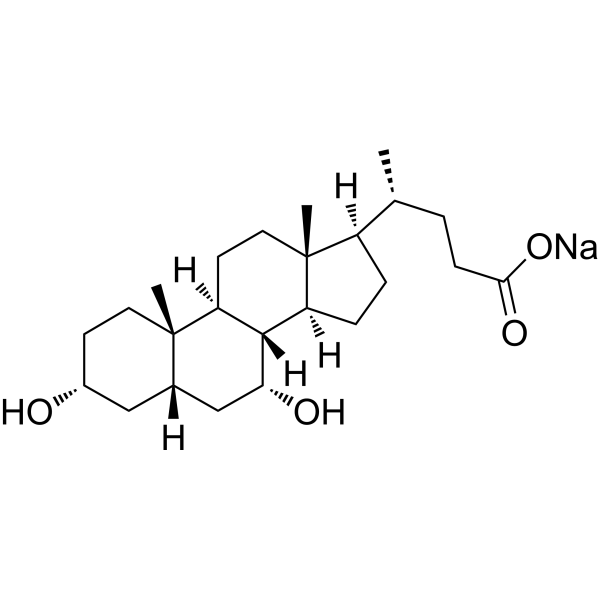
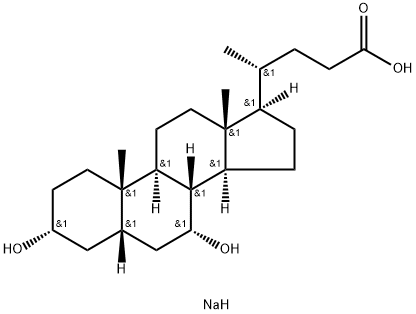
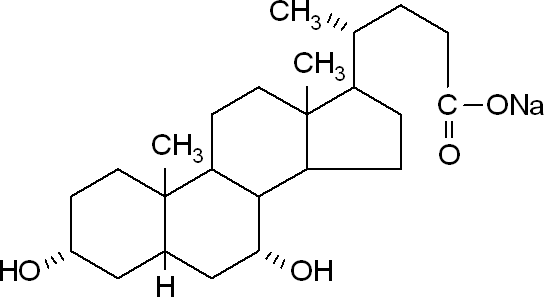
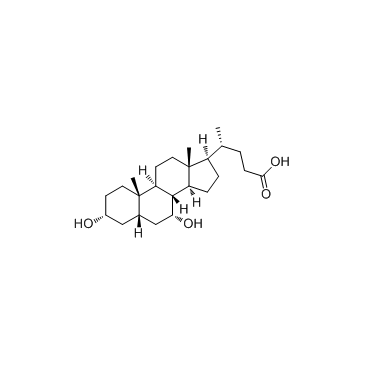
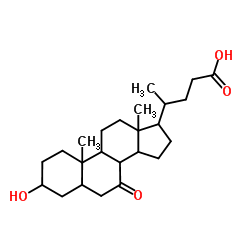





 浙公网安备 33010802013016号
浙公网安备 33010802013016号